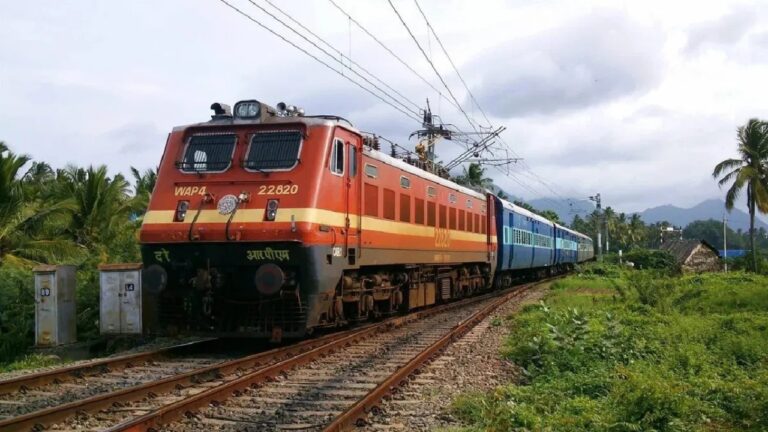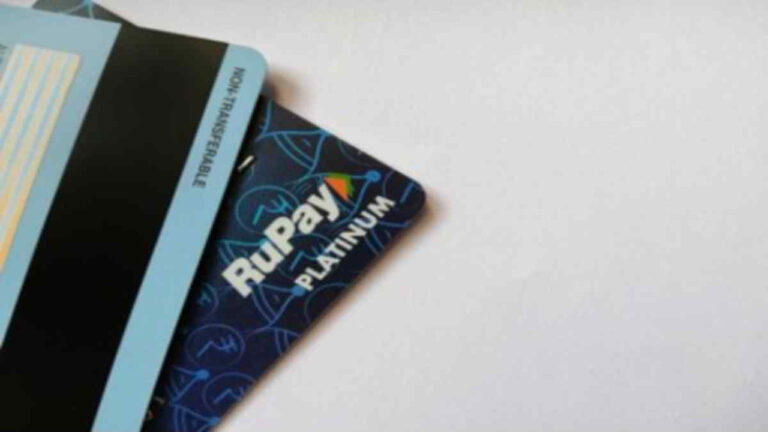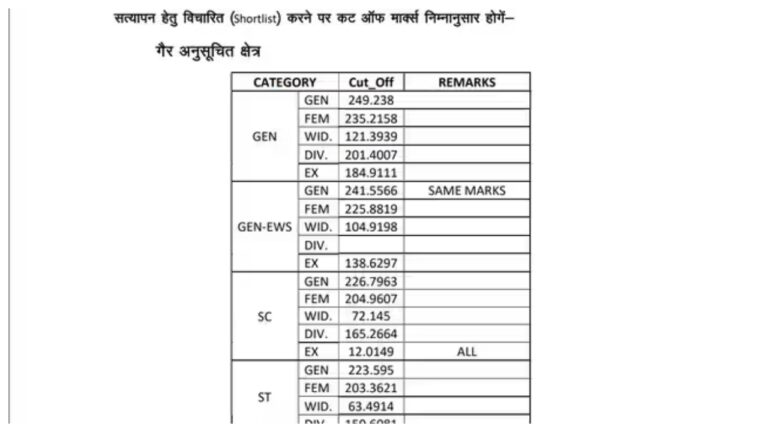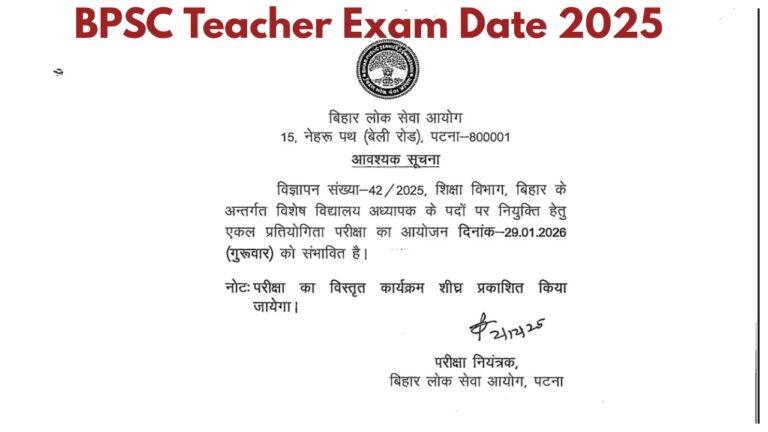Starting from the financial year 2025-26, you can enjoy tax-free income of up to Rs 12 lakh from fixed deposits. But there’s a little twist! You can’t have income from any other sources. This article breaks down how this works, complete with an example.
In the 2025 budget, it was proposed that the new tax regime will allow for tax-free income up to Rs 12 lakh beginning April 1, 2025. For those who are salaried, the tax-free limit will actually be Rs 12.75 lakh thanks to a standard deduction of Rs 75,000 included in the new rules.
Finance Minister Nirmala Sitharaman announced in the Budget 2025 that the revised tax slab and rebate will make income up to Rs 12 lakh tax-free. The basic exemption limit is set to rise from Rs 3 lakh to Rs 4 lakh, and there will also be a rebate of Rs 60,000 under section 87A, which means that regular incomes up to Rs 12 lakh won’t be taxed. However, this doesn’t apply to special rate incomes.
Since the finance minister’s budget speech, many taxpayers have been puzzled about what counts as normal versus special rate incomes. We’ve got you covered with a complete list of special rate incomes that won’t be tax-free up to Rs 12 lakh.
Normal incomes that won’t be taxed up to Rs 12 lakh include all kinds of earnings taxed at the individual slab rates. This covers salaries, pensions, fixed deposits, and more, allowing for a Rs 60,000 rebate for incomes up to Rs 12 lakh.
This new proposal is set to benefit many taxpayers in the upcoming financial year, especially those relying solely on interest from bank deposits, helping them save more compared to this year.
Starting from FY 2025-26, there will be a tax rebate of Rs 60,000 on normal income up to Rs 12 lakh.
Looking at the table above, someone earning only from fixed deposits could save Rs 83,200 in taxes under the new system next year. You can check out how these tax changes from Budget 2025 will impact you.










